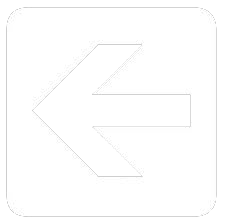|
 Previous part (Common control - routing by computer) Previous part (Common control - routing by computer)
Crossbar (Matrix) Switching |
 |
 When was it in use? When was it in use?
1950's-Mid 1990's |
In the 1950's and 60's a lot of countries started replacing Strowger exchanges with Crossbar. Crossbar is still electromecanical but more compact when handling large numbers of lines. Crossbar is a common control system as described on the previous page, and uses a matrix of lines arranged to form a grid. An electromechanical switch mechanism - the Crossbar itself - operated contacts at the intersection of two lines to connect them together under the instruction of the common control.
The first crossbar exchange in the UK opened in 1964 at Broughton near Preston. It was an AT&E 5005 system and the site was chosen as a field-trial as it was reasonably close to the AT&E factory at Liverpool (by then AT&E was part of Plessey) so its designers and engineers could easily keep an eye on its performance and use it to demonstrate to potential oversees customers.
At this point the British Post Office was not keen on adopting Crossbar nationwide, preferring to stay with Strowger until a viable electronic system could be devloped. Plessey however could see its export orders for Strowger diminishing as most oversees customers switched to Crossbar and had developed the 5005 system to meet export market demand.
The development of electronic switching took longer than anticipated, as explained in detail on the Electronic Switching section of the eMuseum, so from 1968 onwards the Post Office began installing Crossbar nationwide
Plessey (and the other Strowger manufacturers GEC & STC) wanted to run down Strowger production and had been trying to persuade the British Post Office to adopt Crossbar for some time. A deal was struk to allow GEC to license Plesseys 5005 design, and thus manufacture and supply it in competition with Plessey - the Post Office insisted on a choice of suppliers. In addition, from 1973, STC supplied its own crossbar system.
The last Crossbar exchange in the UK (Droitwich) was removed from service in March 1994
|
